October 16 – 20, 2011
Our remaining time at the Piankatank River anchorage was spent being glad we hadn't tried to move down the Bay a day sooner since the wind really did pick up a lot. We were tucked in well enough not to be affected, but we could hear radio chatter from boaters who had tried to go out, but turned back to a safe port because conditions were too rough. I was actually hoping for some decent rain to move through with the weather system because FLUKE was covered with gritty salt from the water we took over the bow on the way in and the rain would help wash it off. No such luck.
Baker Wayne made his first attempt at baking blueberry bagels, quite a different process from his usual bread making projects since they have to be boiled before baking. They tasted as good as they look in the photo, and we will add them to the stock list. With all of his bread projects, Wayne lets the bread cool enough to slice or package, and then puts it in the freezer. We find freezing right away like that keeps the bread fresh.
A couple of fighter jets flew by over the treetops (probably smelled the bagels!), and one of them did a barrel roll, like our own private air show.
When the winds died down, we were anxious to get going again, and wanted to be able to put in a long day to get all the way down the Bay and through Norfolk. The Great Chesapeake Bay Schooner Race had been in progress the previous week, so we had hoped to see some of the beautiful schooners out on the Bay, but all the ones that passed us didn't have their sails up.
This sailboat with a colorful spinnaker provided a bright diversion.
This was the first time we had seen a cruise ship in port when we have gone through Norfolk. Later in the afternoon, when we were south of Norfolk, we heard the captain of Carnival GLORY on the VHF announcing his intentions to leave the dock for his move to the sea.
This paddlewheel boat water taxi was taking people from the Portsmouth side to the Norfolk side of the harbor.
Two navy warships were in dry dock. In this photo, with warship 55, you can see the dry dock frame on either side. When the ship pulls in, the bottom of the dry dock is below the water level depth of the keel of the ship so that it can float freely. Then, the water is pumped out so that work can be done to the bottom and all the other parts of the ship after the bottom is raised. Note the big cranes attached to the dry dock frame, used to move heavy parts on and off. The covers on the ship help protect the workers and contain debris as well as keeping spy satellites from seeing what kind of refit work may be being done to the ship. Notice how the bow at the water line is covered, so that you can't see what is being done to the sonar area. The upper levels of the superstructure are covered where a lot of the electronics are located. The floating barrier fence keeps people in watercraft from getting too close.
We really lucked out at one of the bridges that only opens on the hour when a northbound tug requested an opening at half past the hour. Commercial vessels don't have to adhere to the time schedule, and if a recreational vessel is at the bridge when it opens for the commercial vessel, we can go through too. That can save a lot of waiting time, and less anxiety if the weather is bad, pushing the boat around.
Our destination was the floating dock that belongs to the Chesapeake Yacht facility on the waterway that is the entrance to the Dismal Swamp Canal. We were hoping to find space available for us to tie up for the night, and we had a surprise when we got there.
We ended up sharing dock space with 4 Navy river gunboats and one other cruising sailing catamaran.
In one corner of the shipyard, the Navy had set up their sleeping and kitchen quarters for their base of operation. They had an armed guard for sentry duty, and portable bright lights that shined all night long over their tents and out onto the dock. Plus, their big generators ran all night, making for some loud sleeping noise. We figured that they must be getting set to do some practice maneuvers in the nearby swamps.
Sure enough, when we were underway a few days later, one of our sisterships, who had been anchored out in the Pungo River swamp area, radioed to us to tell us about seeing a river attack show in the early morning hours. There was lots of blank shooting between the swamp boats and the “enemy” on the shore of the swamp, and apparently it was a really, intense, interesting show. I would have gladly anchored out in the swamp just to get to see that!
We left the CY dock to get to Top Rack Marina by 7:45 a.m. so that we could take on fuel and water and make the 9:00 a.m. Steel Bridge opening, right next to the marina facility. We took on 558.7 gal. of diesel at the best advertised price of $3369/gal. If you dine at their nice restaurant (the food is said to be very good) and spend about $75 you can stay overnight free at their dock.
Once we left Top Rack, it was only a short distance to the Great Bridge Lock, and we locked through with 3 other boats.
We were the only boat to pull over to the wall to tie up, and there was only one other boat already there. The wall area would fill by midweek when the wind kicked up and another frontal system moved through bringing the rain I hoped for to finally wash the salt off.
This stop, Chesapeake City at the Great Bridge, is always one of our favorites. Of course, we never miss a visit to Dairy Queen where we get our Blizzard “fix”. Plus, all the stores for shopping are within easy walking distance. Eddie even ended up getting his seasonal flu shot at one of the local drug stores.
You can pass the time watching the boats lock through the lock and then wait to go through the Great Bridge. The Annapolis Power Boat show had just ended, so there were a lot of the show boats that passed through the area. We usually see many other cruising boats that we know, and it is fun to step outside on our bridge area and talk with their owners while they wait for the bridge to open. Everyone always ask the same question “Where have you been and where are you going?”
There are a lot of tug and barges that go through the area, carrying a variety of cargo. This tug was pushing two heavy barges.
A trawler from Toronto was docked ahead of us. Three Customs and Border Patrol agents showed up to review their papers for some reason. We suspected the lock may have notified them when they locked through. The armed agents positioned themselves with one agent standing next to the bow, one to the stern, and the other one talked to the vessel owner and really harassed her about their paperwork and check-in procedure. Keep in mind they had to first check in to the U.S. at the same place we checked in on the north end of Lake Champlain (where the agent boarded our boat alone when we weren't there). The Canadians are required to call in at each port they stop at, but what is defined as a stop and a port is not very clear. So, how in the world could they have anything out of order by the time they reached Chesapeake, VA?!! We had them over for dinner, and they do not fit any conceivable profile of some kind of renegade, terrorist Canadians. We felt so sorry and embarrassed for how they were treated. We will be looking forward to seeing them again and find out if they had any other such encounters.
We left the Great Bridge wall early on the 21st, with only about 25 miles to go to get to the North Carolina border. It really feels like we are homeward bound now.
Sunday, October 23, 2011
Subscribe to:
Post Comments (Atom)
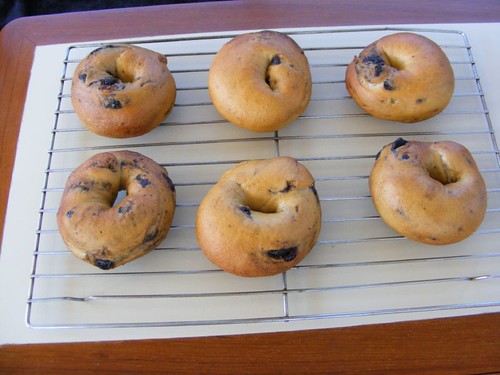
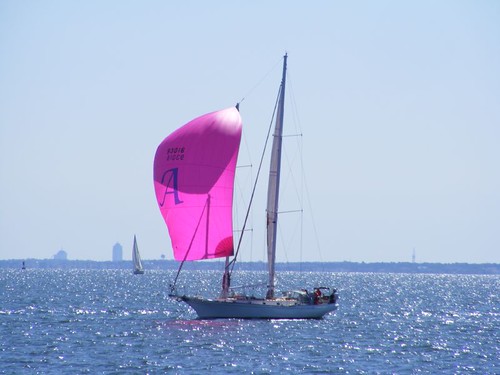
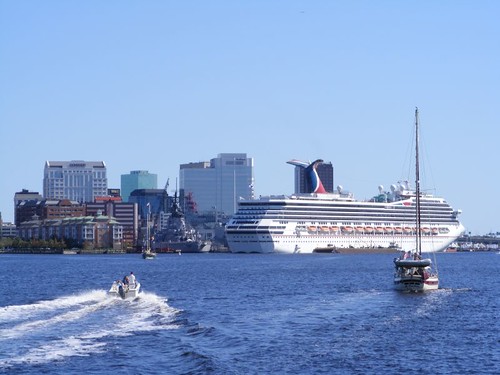
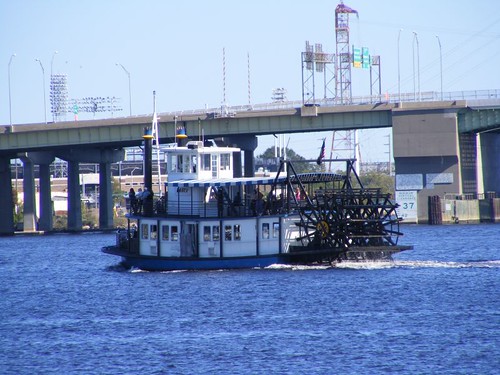


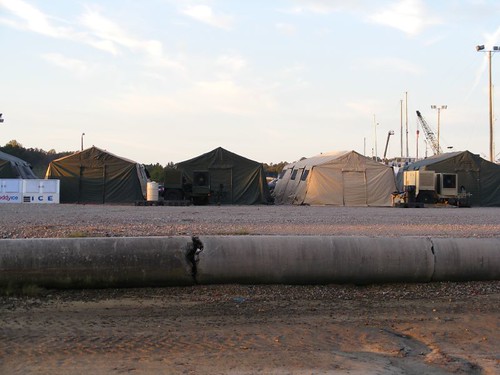

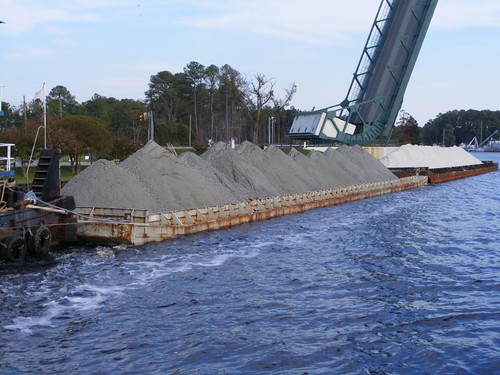








Wow Wayne - the bagels look scrumptious - NICE WORK!
ReplyDeleteJerry